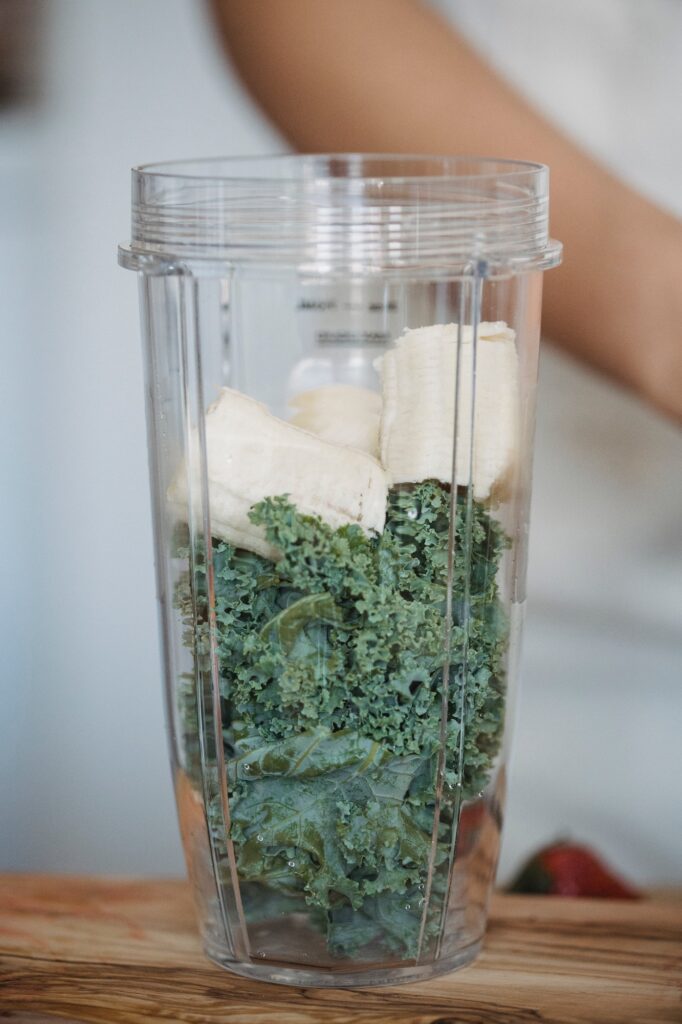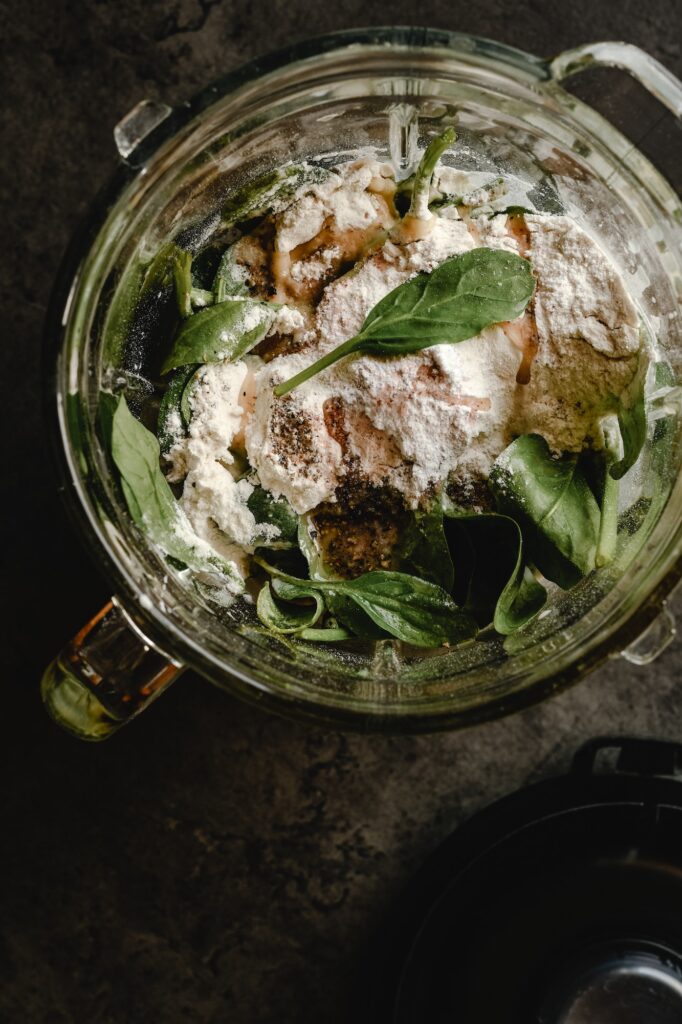To the casual observer, it might appear that blenders and food processors tend to perform many of the same tasks. There might be some crossover with certain features, however, there are fundamental differences worth noting.
A food processor vs. blender comparison helps you understand what you can do with each. That means you can get things done in the kitchen and get the best results when you use the right equipment.
Here’s a note of the main differences between blenders and food processors.

Blenders and Food Processors: The 2 Main Differences To Note
Understanding your way around a blender
A typical blender comprises a plastic or glass chamber with rotating blades at the bottom. These blades can be of different shapes and operate at different speeds.
This gives you the ability to produce different consistencies of blended material depending on the speed settings you use.
The main use of a blender is to help you combine either wet or dry ingredients or a combination of the two.
Blenders tend to be the go-to choice if you are working with liquids. If you are making a smoothie or creating a puree, for example, a blender is designed to cope admirably with these tasks.
What’s different about a food processor?
It is easy to confuse the two options as a food processor also has the same components as a blender. You will see a clear glass or plastic chamber and a set of blades.
The first thing you will notice is that a food processor usually has a larger chamber than a blender. This is because you are more likely to be working with larger quantities of ingredients.
The blades are positioned higher as a food processor is designed to chop and mix as well as blend.
A good way of distinguishing which option to use would be to remember that blenders are often better suited for the task of combining liquid and dry ingredients.
A food processor can be considered more versatile. It has been designed to perform a more diverse range of tasks and can do things like make breadcrumbs, for instance, that you can’t do in a blender.

Is one option better than the other?
You can get some models that try to cover all bases and offer a combination of features that aim to give you a wide variety of blending and food processing options.
In reality, it tends to be better to have access to both a blender and a food processor in your kitchen. Having both appliances at your disposal means you can perform any task with consummate ease.
If you had to choose one over the other, a food processor can perform more tasks than a blender.
When you are creating a meal using fresh ingredients you will often need to blitz, puree, combine, grind, or chop items. Creating delicious results is easier when you have a blender and food processor to hand in your kitchen and know which one to use for each task.

Now you know the differences between a blender and a food processor you can become more proficient in the kitchen.
Conclusion
In conclusion, blenders and food processors serve different purposes in the kitchen, and understanding their main differences is crucial when choosing the right appliance for your needs. Blenders are designed primarily for blending and liquefying ingredients, making them ideal for smoothies, soups, and sauces.
They typically have a narrow pitcher and high-speed blades that create a vortex to process ingredients quickly. On the other hand, food processors are more versatile and offer a wider range of functions. They excel at chopping, slicing, shredding, and mixing, making them suitable for tasks like preparing dough, chopping vegetables, and grating cheese. Food processors typically have multiple attachments and larger bowls for handling larger quantities.
While both appliances have their unique uses, there is no definitive answer as to which is better since it depends on your specific culinary needs. Consider the types of recipes you frequently make and the functions you value most to determine whether a blender or food processor would be a better addition to your kitchen arsenal.
